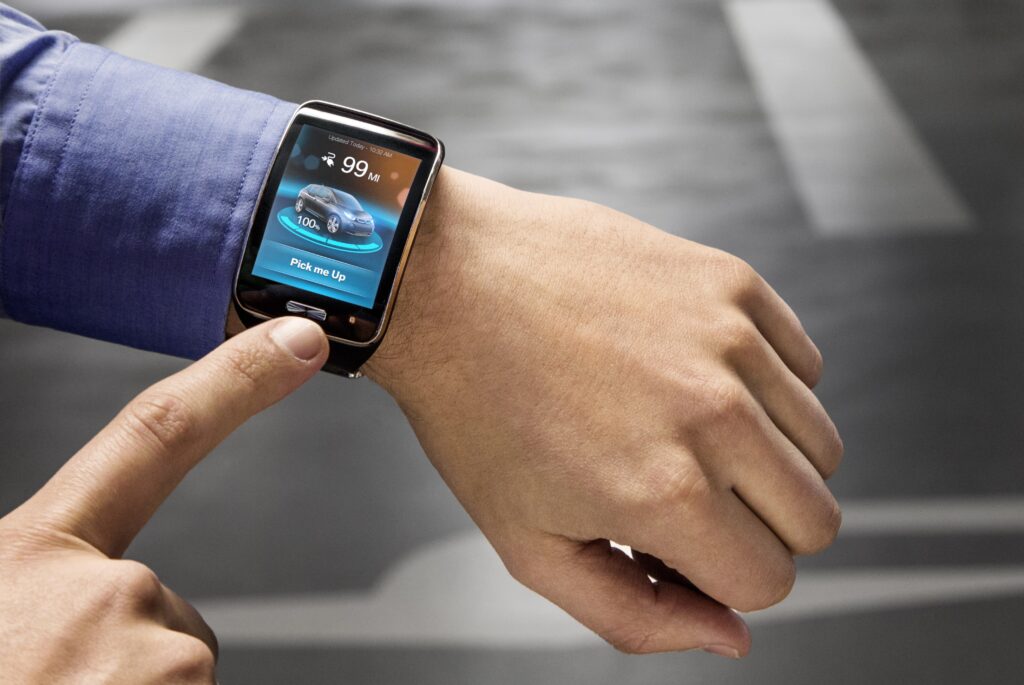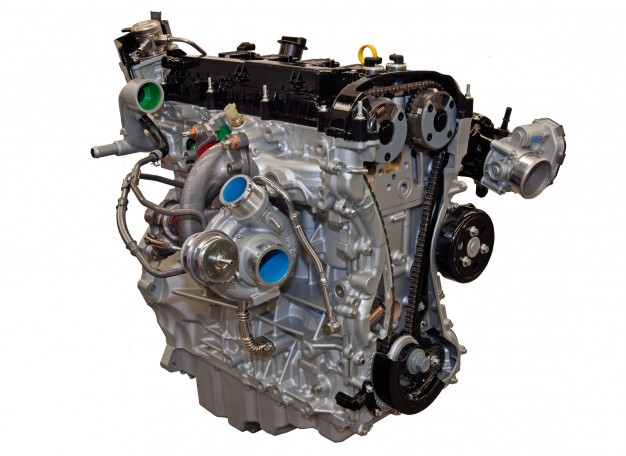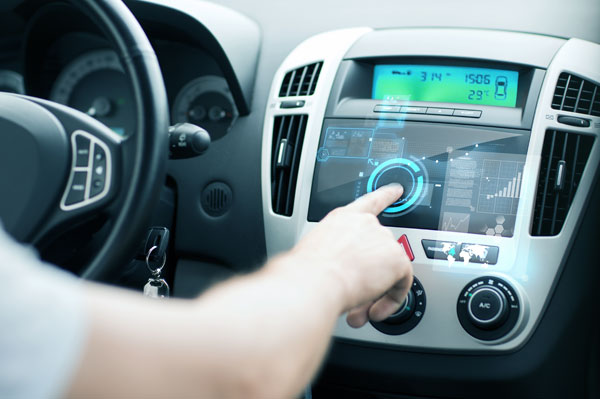Over the coming months, we’re writing a series of posts in which we’ll be sharing some of the knowledge and experience we’ve built up over the past 40 years.
With posts covering a full range of turbo related topics, from the history of the technology and how it works, to different uses and industry applications, there’s something for everyone, from car enthusiasts to our many commercial customers.
In the first of these posts, we’ve written a short FAQ that covers some of the more basic aspects of the turbocharger. This is designed as a taster, and we’ll be covering many of these topics in more detail in future posts.
What is a turbo?
A turbocharger is a forced induction device that pushes more air into the combustion chamber of an engine which allows more fuel to be added.
A turbo draws its power from the exhaust gasses of the engine, which are used to drive a turbine, which in turn powers a compressor/air pump.
What are the benefits of using a turbo?
Suitable for a full range of automotive, marine, aviation, rail, plant and machinery applications, turbochargers are used to enable an engine to produce more power and run more efficiently.
How does it work?
The idea of a turbocharger is to increase the density of the air pulled into the each cylinder of the engine (also known as increasing volumetric efficiency).
The advantage of squeezing more air into the combustion chamber is that proportionally more fuel can also be added, which means that more power is generated from the explosions in each cylinder.
This improves the power to weight ratio of an engine, making it more efficient and powerful than a non-turbocharged (or naturally aspirated) engine of the same size.
What is the difference between a turbo and a supercharger?
Whilst a turbo utilises the exhaust gases of an engine to drive it, a supercharger is mechanically driven by the engine, usually via a belt connected to the crankshaft.
In terms of performance, turbochargers tend to be more efficient, with superchargers providing a more immediate response. (Check out this image of a turbocharger to understand its construction).
What is a twincharger?
A twincharger is an engine that utilises both a supercharger and a turbo. The idea behind twincharging is that you get the advantages of the quick response from the supercharger, and the efficiency from the turbo.
What is turbo lag?

Turbo lag is the hesitation or slowed throttle response experienced when driving a turbocharged vehicle, before the turbo starts to work.
It’s caused by the time it takes for the exhaust system to spin the turbine within the turbo, and for it to force more air and fuel into the engine.
Since the development of the turbo, engineers have made significant progress in reducing turbo lag through developments in design and materials.
What is a boost threshold?
Often confused with turbo lag, the boost threshold describes the minimum rpm that an engine needs to be operating at before there is enough kinetic energy in the exhaust gas to compress the air going into the engine (and for the turbo to work effectively).
Working to reduce this threshold improves throttle response and helps a turbocharger to operate at a lower rpm.
What is a twin-turbo?
As the name suggests, a twin or bi-turbo features two separate turbochargers operating in the same engine.
Working either together or in a sequence at different rpms, twin-turbos are popular in diesel engines, where their ability to combat lag comes into its own.
What is an intercooler?
Because turbochargers work by increasing the pressure of the air inside an engine, they also increase the operating temperatures. The hot exhaust gasses that serve to spin the turbine of the turbo also increase temperatures.
As air gets warmer, it expands, making it less dense, and reducing the oxygen available for combustion. In turn, this reduces the efficiency of the engine, and can also cause significant damage to the engine through ‘knocking’.
An intercooler is a device that works to cool down the intake air, helping to ensure that a turbocharged engine runs safely and at peak efficiency.
Here to help
Although we’ve barely scratched the surface, we’ll be following this up with more in-depth posts about the technology behind turbocharging in the coming months.
If you can’t wait until then, the friendly, knowledgeable teams at AET are always available to answer any questions about turbocharging, or any of our products and services.
Call us on 01924 588 266, or email [email protected] for further information.



